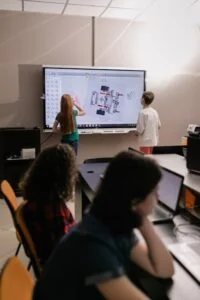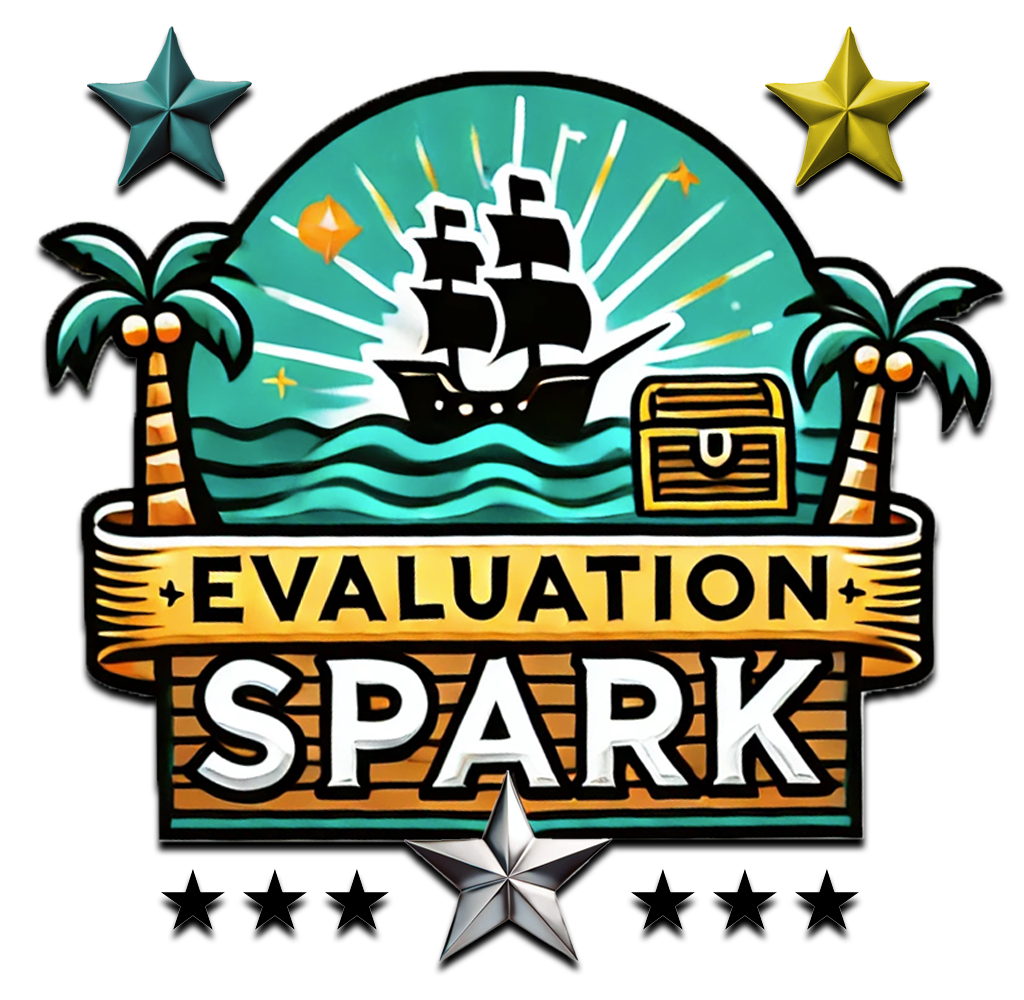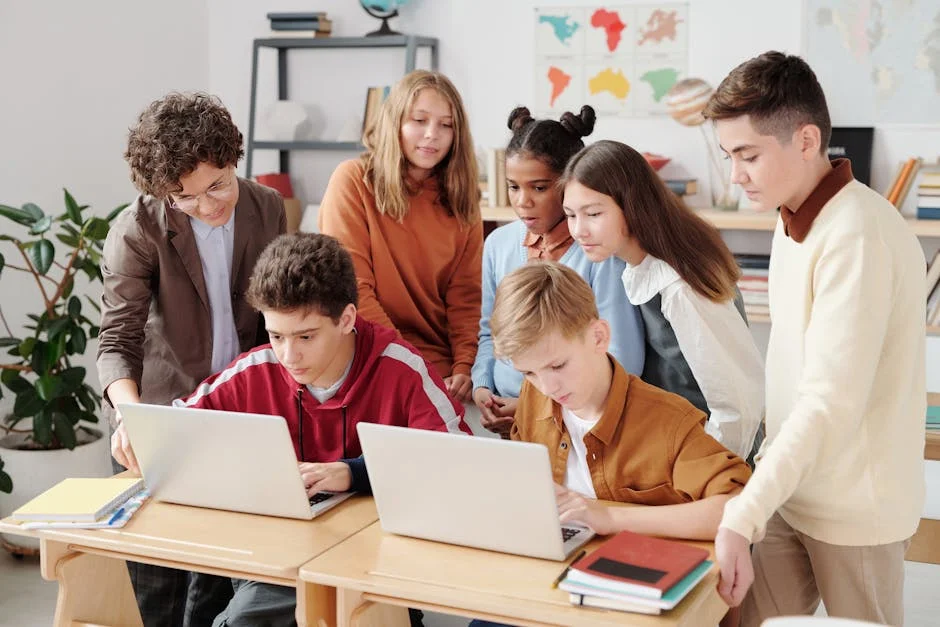Level Up Learning: Gamification in Education

Level Up Learning: How Gamification is Revolutionizing Education
In today’s rapidly evolving educational landscape, capturing students’ attention and fostering a genuine love for learning has become increasingly challenging. Traditional teaching methods, while essential, often fail to engage modern learners who thrive on interactive and dynamic experiences. This is where gamification steps in—a transformative approach that integrates game design elements into educational settings to enhance learning experiences. This article explores the significance of gamification in education, its numerous benefits, effective strategies for educators, and real-world applications. Whether you’re an educator aiming to innovate your classroom or a parent seeking the best learning tools for your child, understanding gamification can unlock new possibilities for effective and enjoyable learning.
Understanding Gamification in Education
Gamification in education involves incorporating various game elements to make learning more engaging and effective. Key components include points, badges, leaderboards, challenges, quests, and immediate feedback. Points help quantify achievements, encouraging students to accumulate and track their progress. Badges provide visual representations of accomplishments, serving as tangible rewards for reaching specific milestones. Leaderboardsintroduce a healthy level of competition, motivating students to strive for higher rankings.
Moreover, challenges and quests structure learning objectives as missions, making the educational process more engaging and purposeful. These challenges can be customized to different difficulty levels, ensuring that all students remain motivated regardless of their proficiency. Immediate feedback allows students to understand their performance instantly, enabling them to adjust their strategies and continuously improve.
It’s crucial to distinguish between gamification and game-based learning. While gamification integrates game elements into existing educational frameworks, game-based learning involves using actual games designed specifically for educational purposes. Understanding this distinction ensures that educators apply the appropriate approach to achieve their teaching objectives effectively.
Benefits of Gamification in Education
Gamification offers a multitude of benefits that can significantly transform the educational experience. One of the primary advantages is increased student engagement. By making learning activities more interactive and enjoyable, gamification captures and retains students’ attention, leading to higher participation and enthusiasm.
Additionally, gamified elements enhance motivation by tapping into both intrinsic and extrinsic factors. Intrinsic motivation stems from the inherent satisfaction of learning, while extrinsic motivation is driven by rewards and recognition. Balancing both types of motivation can sustain students’ enthusiasm for learning over time.
Another significant benefit is improved knowledge retention. Interactive and repetitive gameplay elements aid in memory retention, ensuring that students remember and effectively apply the information they have learned. Gamification also contributes to the development of critical skills such as problem-solving, teamwork, and strategic thinking. These skills are invaluable not only in academic settings but also in real-world scenarios.
Furthermore, gamification facilitates personalized learning experiences by allowing challenges to be adapted to individual student levels and learning paces. This personalization ensures that each student receives the appropriate level of challenge and support, fostering a more inclusive and supportive learning environment.
Effective Gamification Strategies for Educators
Implementing gamification effectively requires thoughtful strategies. One effective approach is incorporating points and leaderboards, which can foster a sense of achievement and friendly competition among students. By creating a system where students earn points for completing tasks and tracking their progress on leaderboards, educators encourage students to stay committed and strive for improvement.
Another strategy involves utilizing badges and achievements. Recognizing and rewarding milestones through badges provides students with tangible evidence of their progress, boosting their confidence and motivating them to reach higher goals. Additionally, designing interactive quests and challenges structures learning objectives as missions, making the educational process more engaging. These interactive challenges can be themed around the subject matter, making learning more relatable and exciting.
Implementing storytelling and narratives is another powerful strategy. Engaging students through compelling stories that tie into the curriculum provides context and purpose, helping students understand the relevance of what they’re learning. Lastly, providing immediate feedback allows students to understand their progress in real-time, helping them stay on track and make necessary adjustments. Immediate feedback reinforces learning and keeps students motivated to continue improving.
Real-World Examples and Case Studies
Many educational institutions have successfully integrated gamification into their curricula, demonstrating its effectiveness. For instance, Mind Adventure Lab offers a range of gamified learning tools that have been implemented in schools across the country, resulting in higher student engagement and improved academic performance. Schools that adopted gamified approaches report higher test scores, increased attendance rates, and more enthusiastic participation from students.
Innovative tools and platforms play a crucial role in facilitating gamification. Platforms like Mind Adventure Labprovide educators with advanced tools to gamify their classrooms effectively. Tools such as interactive quizzes, reward systems, and progress tracking dashboards make it easier for teachers to implement gamification strategies seamlessly, ensuring a smooth and effective integration into the learning process.
Discover More with Mind Adventure Lab
If you’re inspired to incorporate gamification into your educational practices, Mind Adventure Lab offers a comprehensive suite of tools and resources designed to make gamified learning accessible and effective. From interactive lessons to customizable reward systems, their platform empowers educators to create engaging and motivating learning environments. Visit Mind Adventure Lab today to explore how gamification can transform your educational experience.
By integrating gamification into education, we can create dynamic and motivating learning environments that inspire students to achieve their full potential. Whether you’re an educator looking to innovate or a parent seeking the best educational tools, gamification offers a promising path forward. Explore the possibilities with Mind Adventure Lab and embark on a journey toward a more engaging and effective educational experience.









